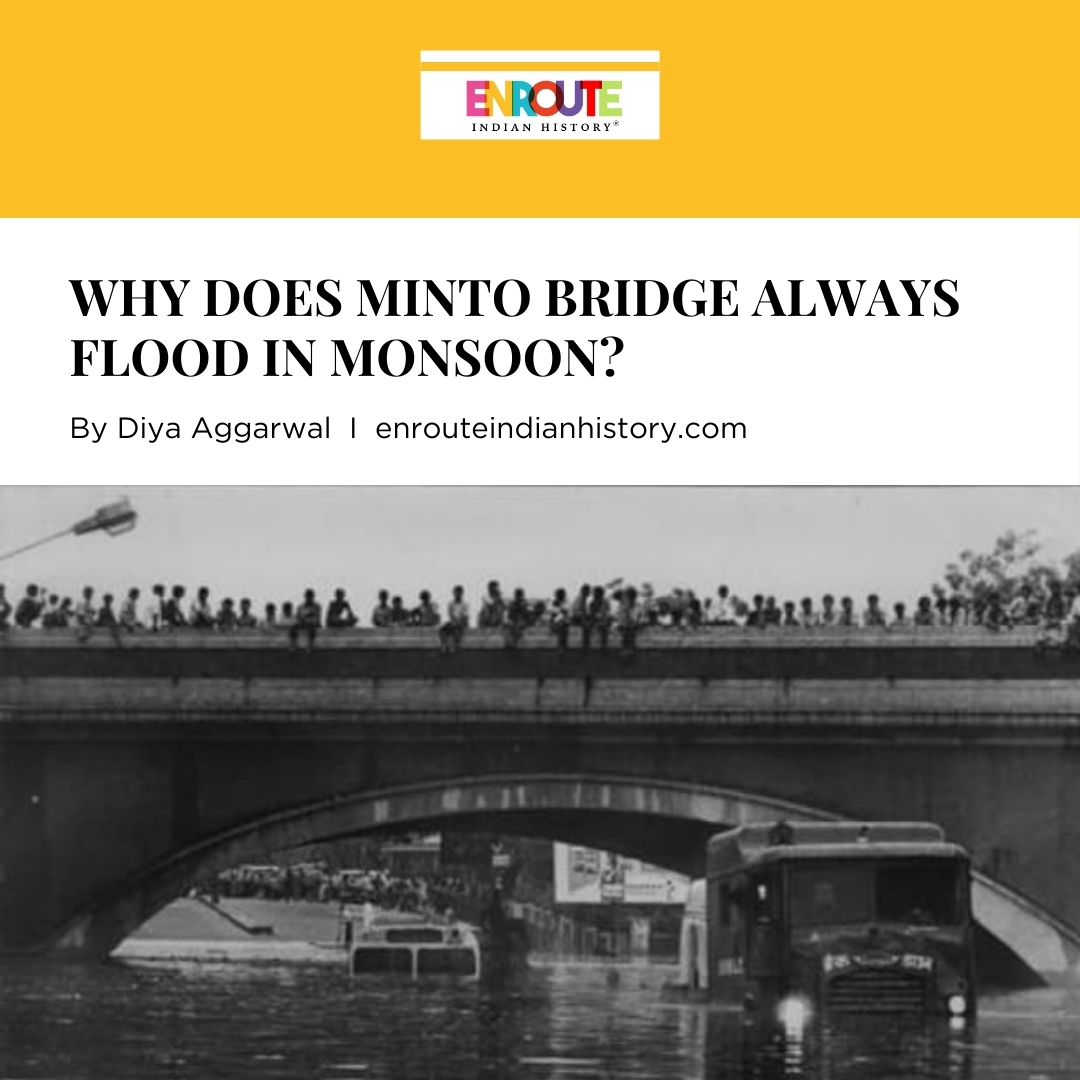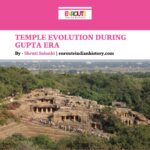
In 1947, after two centuries of struggle against colonial rule, India finally emerged independent. This independence, surely a remarkable one, was highly conditional. From laying of new borders, to people, to culture, to sowing of a generational seed of hate, trauma and distrust, the idea of independent India was not tangible to all. This article studies closely one of the major refugee centres to recover and cater citizens who had been subjected to horrors of hate, Khan Market. Situated in Delhi, this was one of the first places where refugees were sold properties at a subsidised rate for sole purpose of relocating them. Pre-recorded interviews of shop owners, personal, and shared shopping experience while visiting the place have been heavily used for the purpose of study for this article. Final aim is to understand, analyse and closely study the transformation of this once mid-income, peaceful, sub-urban locality into one of the posh-most areas of Delhi. A socio-economic and historical lens has been used for the context of this article.
From Grover Tailors to Geetanjali, Khan Market is a go-to place for people looking for high-end clothing, grooming, self-care and food. Each shop generates average lease easily of around 5-6 lakhs per month. In a city where annual per capita income is RS2.72 lakhs (*Economic Survey of Delhi), this crowd of top brands seems off track, that is until one realises that the target consumers of these shops are diplomats and ex-pats. Khan Market is synonymous to luxury in Delhi today. A few signature shops like ‘Fakir Chand’ attract visitors from all economic status. Amongst these visitors are sometimes also those who once occupied these shops, and called them home.
Initially, Khan Market was a peaceful, sub-urban locality in Southern- Delhi. Soon after partition, the Nehru government started efforts at relocating refugees from the horrendous partition of colonised landmass of India. Under this initiative, shops were set up for tenancy at the rate of RS50 and one of the first bidders of property here got it at the rate of RS9500/75sq yards. It is a common joke among locals that the prices around area were high even when economy was underdeveloped. (Varughese,2016) .The area originally had 154 shops and 74 flats. Buildings were set up such that families occupied the first floor and ran business/ shops in the ground floor. If one observes the map of Khan Market, a U-shaped figure will be noticed, owning to this peculiar planning, shops run parallel to each other and open at two ends, if one wishes to take a stroll in the area today.( Riggs,2020)

Guide map of Khan Market
Parking of Khan Market is always jam-packed with expensive, luxurious cars. This careless, chaotic display of class shows the visitors expected in the locality and is enough to give a common man an absurdist attack of existentialism. Every season, all types of fruits cultivated, domestic or exotic can be easily purchased from lanes of Khan Market. Shop owners have very smartly used the independence legacy of the space, antiquity of shops to their favour and have created a context where nostalgia, exoticism and luxury, all brews in the same pot. The infamous ‘Fakir Chand and Sons’ is one of the finest examples of the same. Mamta Bahmi, the current owner of the bookshop, and fourth generation successor to the family legacy recalls her childhood in the space and her intangible family heritage in form of memories from partition, which evolve from her grandparents’ book store in Peshawar, Pakistan, to its current setup in Delhi’s Khan Market (interview for ED Times). The continued popularity of the store can be credited to its smart business techniques of keeping their book collection upgraded, using social media as a tool for marketing, inviting budding and big brand- writers to their store. This way visitors are tempted to visit not just in aspiration to buy or check out their next read but also in hopes of visiting their favourite author. Similar sales techniques come handy for shopkeepers who are regularly catering to a high- end consumer class.
This mastermind sales technique, convenient location near posh localities (3kms away from Ministers’ Bungalows, India, International Centre, Embassies, Luxury hotels), iconic Lodhi Garden, and luck of purchase is a much popular and commercialised shade of the Market. The sentimental side of the story is concentrated with families and their legacies who once resided in now café- hub lanes and called these ‘commercialised cultural’ and luxurious stores their homes.
Commercial frenzy lanes of Khan Market were once chaupals and open verandas to the residents here. Only three families continue to put up in the locality still and comment on how peaceful sleep is a luxury in this jam-packed locality at any hour of the day. 71 of the original 74 families moved out, mostly to bigger and better places, and changed the way business works on the streets of Khan Market forever. Metro brought people from across Delhi and peripheral localities much closer. The economy of the locality has witnessed growth ever since 2000s (owing to rise of globalisation, efficient metro systems and domestic market targeting by luxurious brands) making it the 22nd richest market in the world (The Economic Times).

Bahrisons- a high end book store in khan market
The iconic market place is named after Khan Abdul Jabbar Khan or Khan Sahib, the then Chief Minister of North West Frontier Province, now in Pakistan, during independence. He played a crucial role in relocating refuges from NWFP without much harm. He, along with his brother Abdul Gaffar Khan, famously known as ‘Frontier Gandhi’, vocally opposed partition of the country.
The streets of Khan Market have seen doom-days and today is living at peak of its glory. Despite pandemic slowdown, the economy of Khan Market jumped right back on track soon after public places were opened up. Political controversies (petitions to change the name of Khan Market to Valmiki Market by like-minded political wings), global acclamations to cherish and celebrate growing success of street’s economy, high contribution to country’s GDP and evergreen nostalgic recall when one talks of partition and thereby recovery from it, always keeps the busy street in news and local talks, making it one of the most visited markets in Delhi, where money and memory brew well in the same pot.
– https://timesofindia.indiatimes.com/city/delhi/the-first-families-of-khan-market/articleshow/47849069.cms
– https://edtimes.in/delhis-khan-market-was-set-up-in-1950s-to-rehabilitate-70-pakistani-refugee-families-at-50-rs-rent/
-https://www.delhitourism.gov.in/delhitourism/shopping/khan_market.jsp
–Varughese, E.D., 2016. ‘Bahrisons’ New Delhi: Commerce and creativity in Khan Market. South Asian Popular Culture, 14(3), pp.235-240.
| -Riggs, E.P., 2020. An archaeology of refugee resettlement: Delhi after Partition (Doctoral dissertation, State University of New York at Binghamton). | |


























